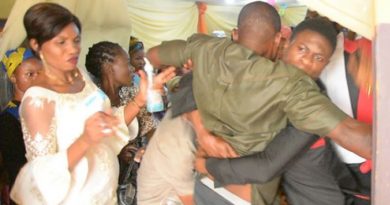Phulkari: The Traditional Embroidery of Punjab
Embroidery and needlework is a traditional craft that can be used to identify the art and traditional clothing for particular and regions and nations throughout the world; whether it is the chikankari of Lucknow or the bright and geometric Cossack stitches of the Russia. This holds true for the traditional embroidery of Punjab as well – phulkari. Literally translating into ‘working with flowers’, it is a form of embroidery which is done in simple yet eye-catching motifs on shawls, dupattas or salwar-kameezes.
Origin of Phulkari
Historians believe the art of Phulkari came from Iran, where it is known as “Gulkari”. Some academics and historians also believe the craft was brought by the Jat tribal people who migrated from Central Asia to settle in parts of Gujarat and Punjab. Phulkari also finds reference in ancient and sacred Indian texts – the Vedas, Mahabharata and Guru Granth Sahib.
The Art & Use of Phulkari
The most striking and distinguishing aspect of Phulkari embroidery is the use of the stitch with silken thread on the wrong side of coarse cotton cloth. Many geometrical flower or garden-themed patterns are embroidered by the skilful manipulation of this stitch.
Phulkari is traditionally done on rusty or red-colored fabric, and black and blue are avoided in western Punjab and not used at all in eastern Punjab. While phulkari is done on odhnis (headscarves) for daily wear, for special and ceremonial occasions, garments that cover the entire body (known as bagh – or gaden) are embroidered. In Phulkari embroidery the stitches decorate the cloth, but in the Bagh technique, it covers the garment in such a way that the base cloth is completely covered.
Types of Phulkari
There are many types of Phulkari. The ‘Chope’ and ‘Suber’ are wedding Phulkari presented to a Punjabi bride by her maternal family during the marriage ceremony. The plain red or dark red khaddar shawl known as ‘Saloo’ is used for daily household wear. ‘Til Patra’ shawls have very little embroidery and are considered of inferior quality in comparison to other types. ‘Nilak’ is worked on black or navy blue Khaddar with yellow and crimson red decoration.
These Phulkaris and Baghs are used by women all over Punjab to cover their heads or wrapped around their attire during matrimonial ceremonies or during festivals and celebrations. These pieces are embroidered by the women for their personal use or by their relatives and aren’t traditionally sold in the market. For this reason, it is purely a domestic art used to satisfy creative urges while keeping themselves occupied and adding color to their routine, daily lives.
Tradition of Phulkari
It is a tradition to gift phulkaris and baghs to brides at the time of marriage and it is also considered good luck if it is made by the women of her household. The motifs done on a phulkari meant for a Punjabi wedding signify fertility and prosperity. While wheat stalks are common, more unusual motifs are parrots, peacocks and traditional roundels that signify a constant flow of money into the household.

